Indian Space Research Organisation, Defence Research and Development Organisation, Hindustan Aeronautics Limited, and Indian Air Force are the full forms of ISRO, DRDO, HAL, and IAF.
Table of Contents
The full forms of ISRO, DRDO, HAL, and IAF are the Indian Space Research Organisation, Defence Research and Development Organisation, Hindustan Aeronautics Limited, and Indian Air Force, respectively. These are all critical organisations to India.
- Full Form of ISRO: Indian Space Research Organisation
- Full Form of DRDO: Defence Research and Development Organisation
- Full Form of HAL: Hindustan Aeronautics Limited
- Full Form of IAF: Indian Air Force
Full Form of ISRO
The full form of ISRO is the Indian Space Research Organisation, a space agency founded by Vikram Sarabhai on 15 August 1969. It is regulated and directed by the department of space reporting to the prime minister.
The first satellite built by ISRO is Aryabhata, launched on 19 April 1975 from a rocket launch named Kapustin Yar, located in the Soviet Union. Other details of the ISRO are as follows.
What is ISRO?
ISRO full form is the Indian Space Research Organisation identifying and utilizing the importance of space technology for a nation's development. Hence, it embarked on its mission to provide the nation space-based services and develop the technologies to achieve the same independently.
Apart from the technological capabilities it shows, ISRO has largely contributed to education on science and technology to its citizens through dedicated research centres and autonomous institutions for remote sensing, astronomy, space sciences, and atmospheric sciences in general functions in the Space Department.
Duties of ISRO
ISRO works on the space assets and critical infrastructural facilities, maintenance, and the development of satellites and space-based systems for navigational applications.
The main duties of ISRO are listed below:
- Implementation of Human Resources and capacity building to carry out space research activities.
- Operations of innovative space applications in natural resources management, disaster management support, and several societal applications.
- Development of space systems for carrying out research related to space sciences and planetary explorations.
- Design and launching of space launch vehicle systems and sounding rockets.
Roles and Responsibilities of ISRO
The main purpose of ISRO is to contribute to the solid infrastructure of space technology. But to get more technical and practical, those working at ISRO would deal with the following responsibilities:
- To experiment with various subsystems & solid rocket motors.
- To generate propellant boosters for the vehicle launch programmes.
- To allocate and assemble launch base infrastructures.
- To supervise logistics in various fields of administration, industries, and management related to space technology.
Major Achievements of ISRO
ISRO has launched almost 150 satellites. Here are the other achievements obtained by ISRO over the years of its operations:
- ISRO recently launched its third lunar exploration mission under the Chadrayaan programme on July 14, 2023.
- The lander and rover are landed in Moon's south pole region on August 23, 2023.
- On September 2, 2019, Chandrayaan 2 Orbiter was injected into lunar orbit.
- Successful in placing Cartosat-2 in orbit on 12 January 2018.
- Successful in conducting good test results on Chandrayaan-2's cryogenic engine on 11 October 2018.
- Successful in launching GSAT-29 on 14 November 2018.
- Successful in launching GSAT-7A satellite to enhance communications for armed forces on 19 December 2018.
Full Form of DRDO
The full form of DRDO is Defence Research and Development Organisation, an organization formed in 1958 by merging two bodies. The two bodies are the Association of Technical Development Establishment and the Directorate of Technical Development and Production of the Indian Ordnance Factories the Defence Science Organisation.
This organization is administered under the Ministry of Defence. DRDO is India's largest and diverse organization. The details regarding DRDO have been listed below.
What is DRDO?
DRDO is the Defence Research & Development Organisation that works under the Department of Defence Research of the Ministry of Defence. The organization works in dedication to enhance self-reliance in the Defence Systems and develop cutting-edge weapon systems.
The various work areas of DRDO include aeronautics, armaments, combat vehicles, electronics, instrumentation engineering systems, missiles, materials, naval systems, etc.
Duties of DRDO
DRDO design, lead and implement state-of-the-art sensors, weapon systems, platforms, and equipment for defence services. The main duties of DRDO are listed below.
- To keep the defence minister informed about new techno developments in the field of warfare.
- To analyze information and available technology in terms of their relevance and utility.
- Enhance the self-reliance in defence systems and undertake design and development, leading to world-class weapon systems and equipment production based on needs and requirements.
Roles and Responsibilities of DRDO
DRDO serves as a nodal agency for the import and export of technology. The main roles and responsibilities of DRDO are listed below:
- Distribute technological solutions to the defence services to optimize combat and to promote the well-being of the troops.
- Construct solid infrastructure and committed quality manpower and develop a strong technology base.
- To study and research in areas having a bearing on national security..
- Analyzing and approving all the weapons, systems, and technologies that the defence ministry proposes to acquire.
Major Achievements of DRDO
Through the years, DRDO has achieved many milestones. Some of them are as follows:
- DRDO developed the Integrated Guided-Missile Development Programme (IGMDP), which was approved in 1983. After its inception, it completed and declared India a self-reliant country in the field of missile technology.
- Mobile Autonomous Robot System (MARS) is a machine that can operate independently and has an in-built program that guides the mechanical system.
- DRDO set up the world’s highest terrestrial centre in Ladakh, and it is at 17,600 feet above sea level at Changla near Pangong Lake.
Full Forms of HAL
HAL full form is Hindustan Aeronautics Limited, an organization founded in 1940 with a different name until its name changed in 1964. It is an Indian state-owned aerospace and defence company. It is under the control and management of the Indian Ministry of Defence.
What is HAL?
HAL is Hindustan Aeronautics Limited, located in Bangalore, an Indian aerospace and military firm. One of the world's oldest and biggest aerospace and defence manufacturers is HAL.
Fighter jets, helicopters, cargo aircraft, jet engines, and avionics systems are just a few of the many goods produced by HAL. Additionally, it offers a range of services, including design & development and MRO (maintenance, repair, overhaul) of aircraft.
Duties of HAL
HAL's primary purpose is to approve projects related to aeronautical travel. Some of the key points are as follows:
- It overlooks the design, development, integration, testing, and certification of basic and advanced trainers and combat aircraft.
- It checks the Ground Testing of aircraft structures and systems.
- It undertakes wind tunnel validations.
- HAL also does flight evaluation.
Roles and Responsibilities of HAL
The roles and responsibilities of HAL include testing aircraft design development projects, schemes via demonstration of experimental technologies, abandonment of failed/failing projects, the revival of abandoned projects, and much more.
But some of its other roles and responsibilities are provided below:
- To achieve total customer satisfaction through result-oriented quality anti-corruption services with integrity, trust, and efficiency.
- To maintain the quality of the management system in anti-corruption services in conformity with the policies and guidelines of the Government of India.
- To strive for constant improvements to achieve the final goal of total quality management in anti-corruption services.
Major Achievements of HAL
HAL has exhibited true leadership and technological advancement over the years. Some of its significant achievements in the past few years are as follows:
- The Dalal Street Investment Journal acknowledged HAL as one of India's best public sector undertakings and 'Navratna of the Year' for manufacturing and the most efficient and profitable Navratna in 2023.
- HAL was awarded the 'State Export Excellence Award' (for the years 2017-18, 2018-19, 2019-20) from the Department of Industries and Commerce, Govt. of Karnataka under the category of 'Govt. of India Undertaking Exporter'.
- Raksha Mantri Award for Excellence was handed to HAL in the Defence and Aerospace Sector for 2021-22.
- HAL received the first prize for Innovative Training Practices from the Indian Society for Training & Development (ISTD) for 2019-20.
Full Form of IAF
The Full form of IAF is Indian Air Force. It was initiated on 8 October 1932 during WWII as the British Empire's reserve air force, honouring India's aviation service with the prefix Royal.
However, when India gained republic power in 1950, the government removed the prefix and renamed itself the Indian Air Force.
What is IAF?
IAF is the Indian Air Force (IAF) is the air arm of the Indian Armed Forces. The IAF's primary mission is to secure Indian airspace and to conduct aerial warfare during armed conflicts.
The IAF has a fleet of over 1,700 aircraft, including fighter jets, bombers, transport aircraft, and helicopters. It is one of the most powerful air forces in Asia.
Duties of IAF
IAF's primary duty is to defend the nation through airspace control against air-borne threats. Some of the other duties are as follows:
- IAF usually manage policy, protocols, assignment processes, and resource advocacies.
- It keeps an oversight on career path information when implementing officer and civilian personnel.
Roles and Responsibilities of IAF
IAF has performed all its tasks with utmost dedication and professionalism. Here are some other roles and responsibilities involved:
- Airmen under the technical field test and maintain aircraft equipment.
- Airmen under the non-technical field assist and support dissimilar activities such as weather forecasting, maintenance of records, files of the Indian Air Force members and all its branches.
- Some airmen also are directly or indirectly involved in the maintenance and overhaul of ground equipment and armaments.
- Operational Guidance for the implementation protocol policy and the supplement of protocol needs in the field are also part of some personnel.
Major Achievements of IAF
IAF has been granted various recognitions for their exceptional expertise. Some of their significant achievements are mentioned below.
- The MAFI Phase-II contract was granted on August 8, 2020, for 37 airfields by the MoD with M/s Tata Power SED (TPSED). Navigational aids and infrastructure under this project enhance the operational capability by facilitating air operations of military and civil aircraft even in poor visibility and adverse weather while enhancing Aerospace Safety.
- Eight Rafale aircraft were ferried to India from France in September 2020. Those are fully operationalised.

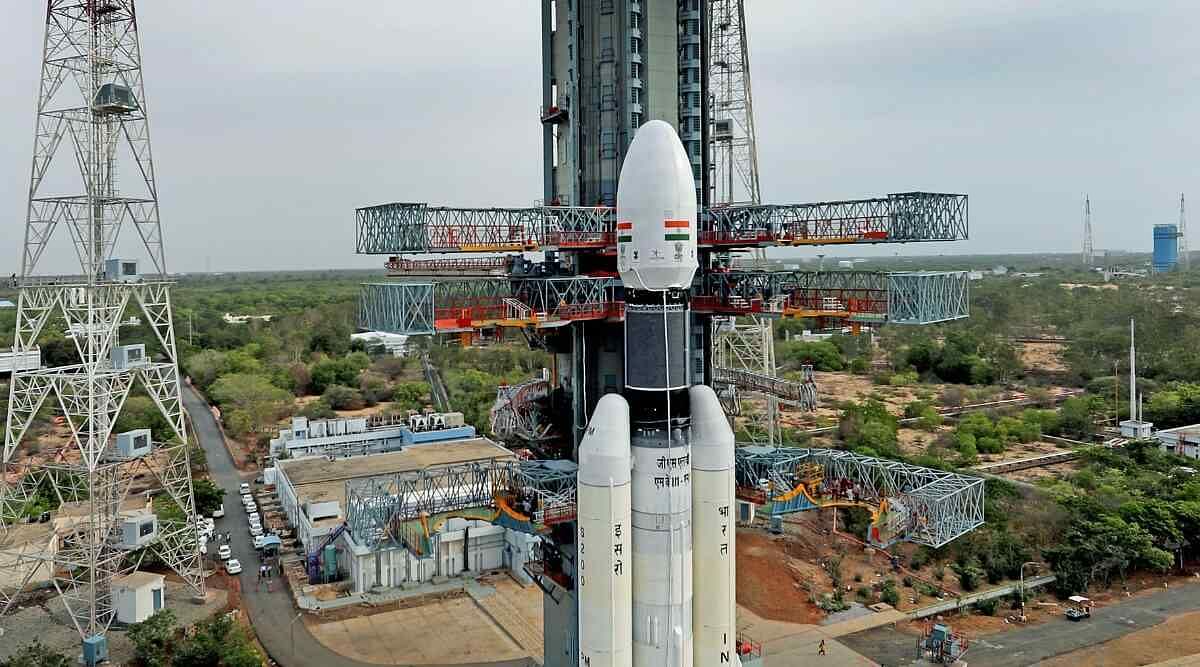



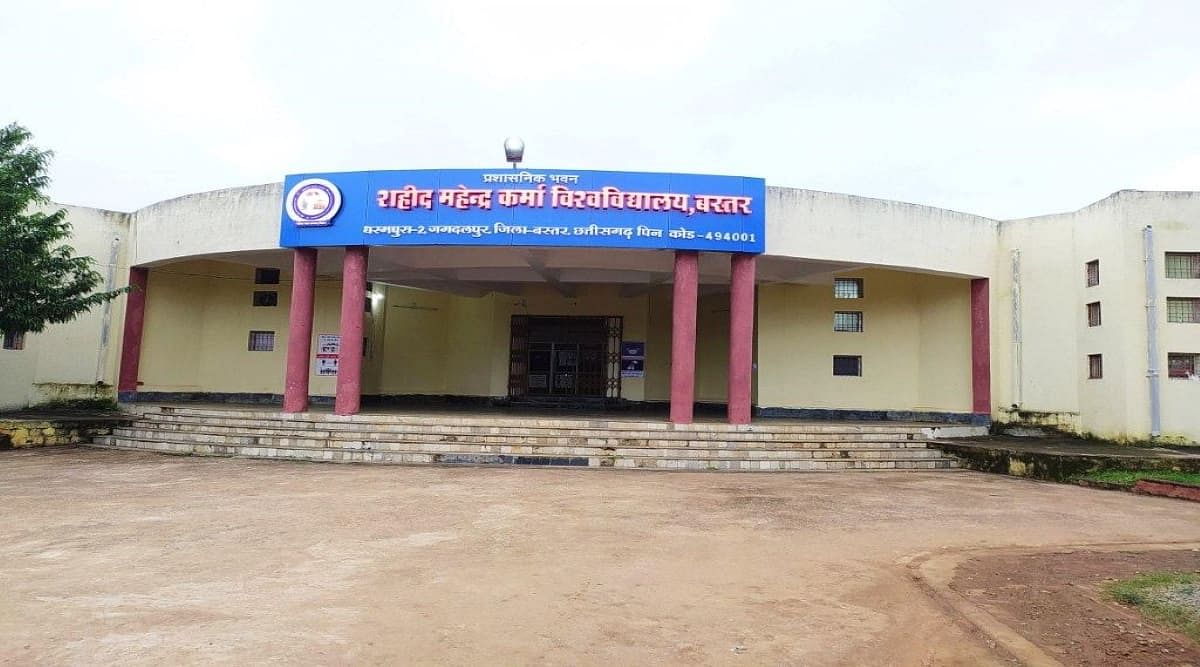


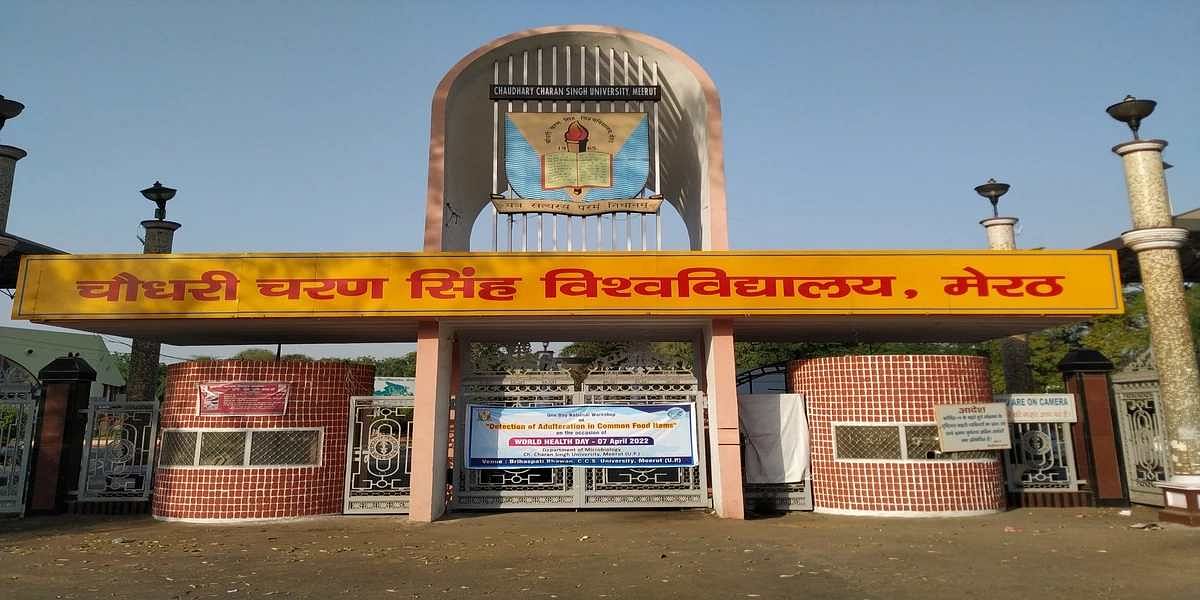




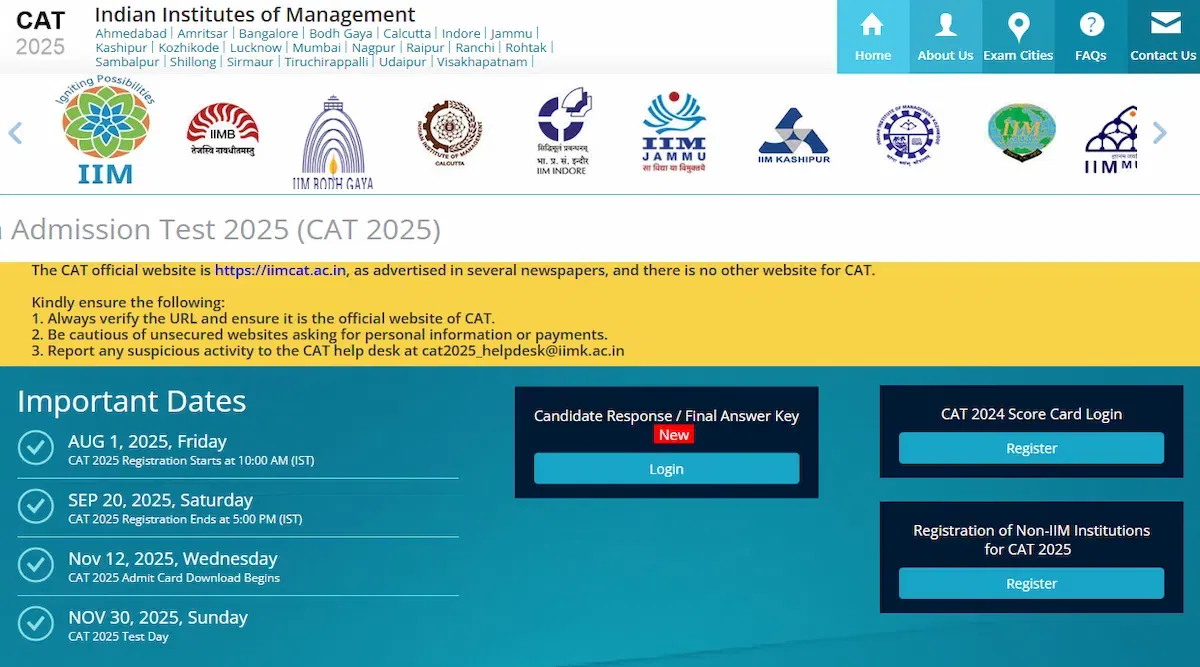



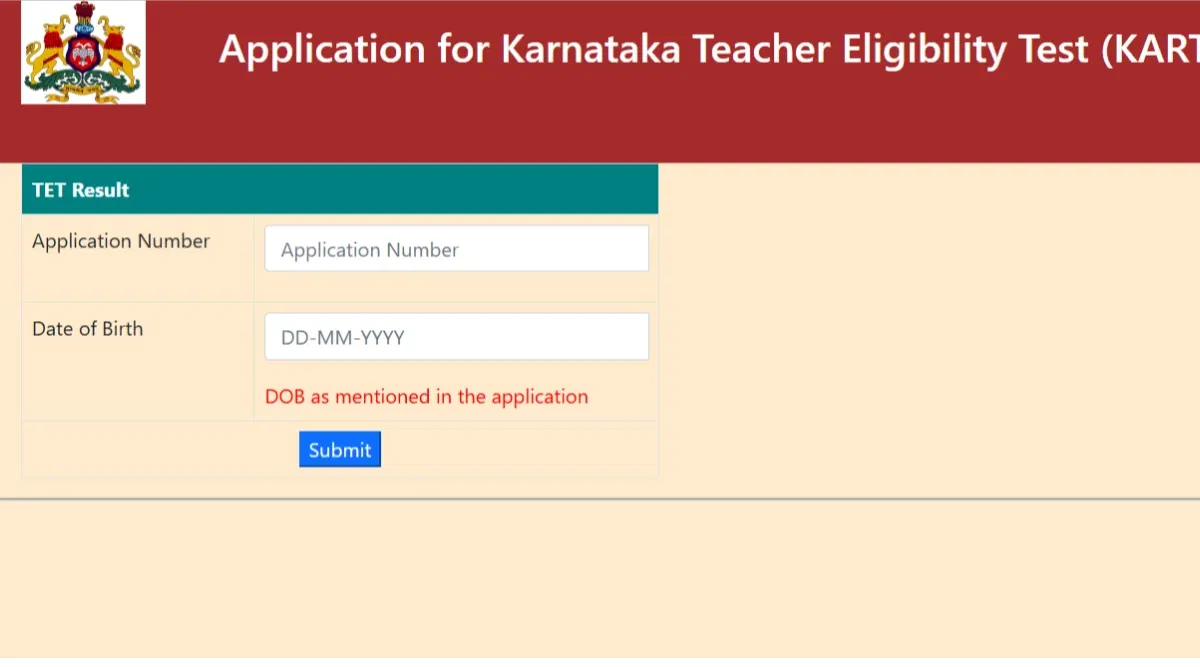

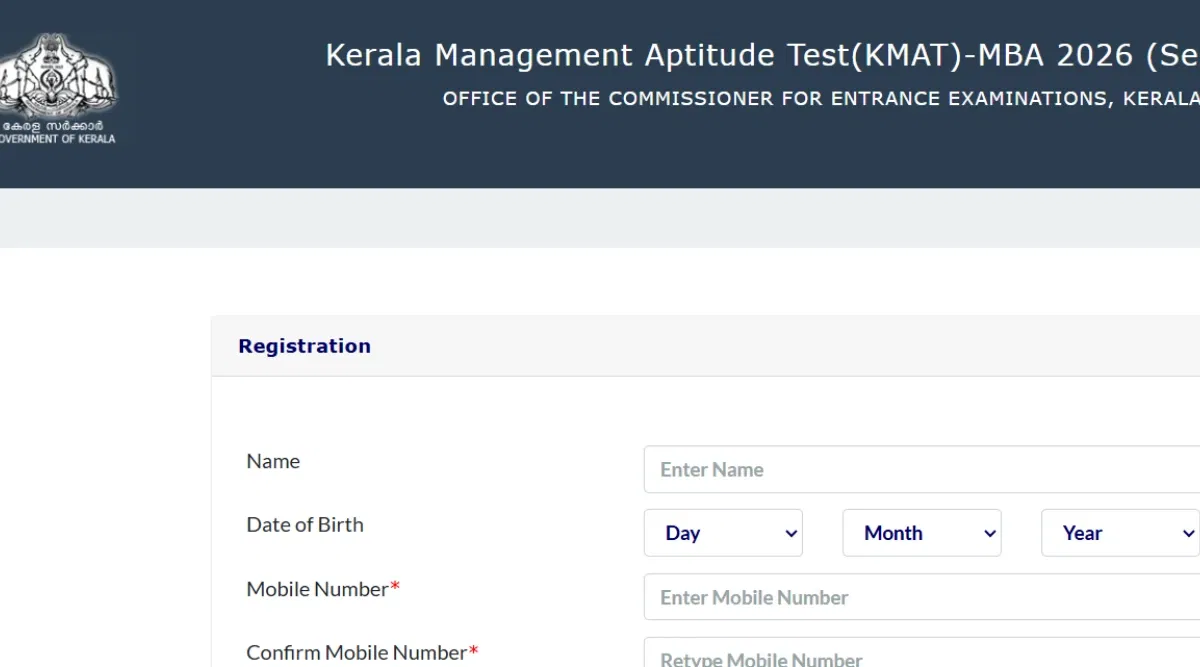



POST YOUR COMMENT